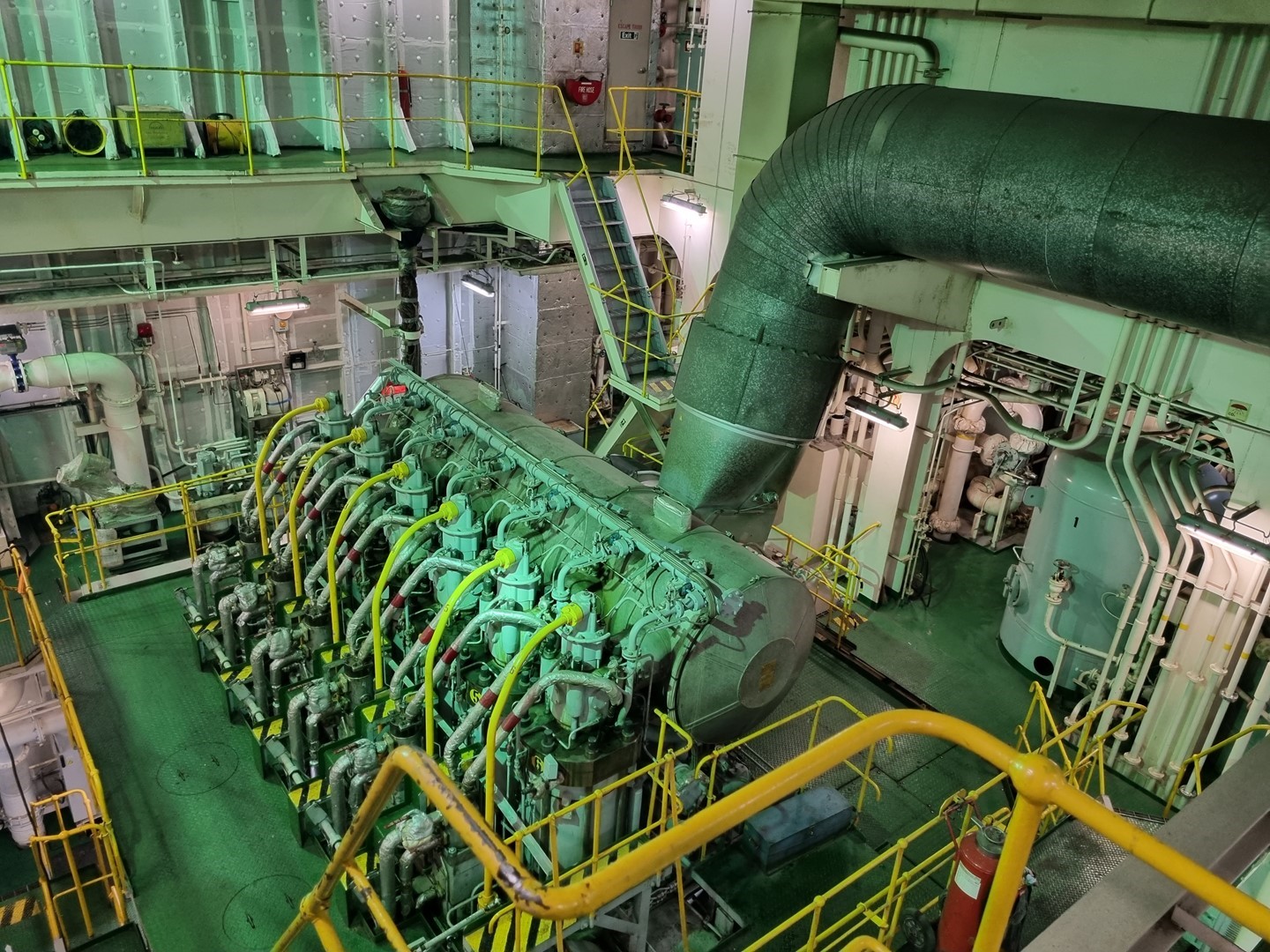SEEMP, what is it and why do I need it?
SEEMP stands for Ship Energy Efficiency Management Plan. It is a plan developed and implemented by ship operators and owners to improve the energy efficiency of their vessels. The SEEMP is a requirement under the International Maritime Organization's (IMO) regulations and is part of the broader efforts to reduce greenhouse gas emissions and promote sustainable shipping practices.
The SEEMP provides a framework for monitoring, managing, and improving energy efficiency throughout the lifecycle of a vessel. It involves developing strategies and measures to optimize fuel consumption, reduce emissions, and enhance overall operational efficiency. The plan takes into account various factors that influence energy efficiency, such as vessel design, operational practices, maintenance, and voyage planning.
Key components of a SEEMP typically include:
-
Baseline and Monitoring: Establishing a baseline of the vessel's energy consumption and emissions, and implementing monitoring systems to track and analyze energy performance over time.
-
Operational Measures: Identifying and implementing operational practices and measures to optimize fuel efficiency, such as optimizing voyage planning, managing vessel speed, improving hull and propeller maintenance, and optimizing onboard systems.
-
Technical Measures: Implementing technical solutions and upgrades to enhance energy efficiency, such as installing energy-saving equipment, improving propulsion systems, and utilizing alternative energy sources.
-
Training and Awareness: Providing training and raising awareness among the crew about energy-efficient practices and their role in achieving the SEEMP objectives.
-
Performance Evaluation and Improvement: Continuously monitoring and evaluating the effectiveness of the SEEMP measures, identifying areas for improvement, and implementing corrective actions as necessary.
The SEEMP is not a one-time plan but an ongoing process that requires regular monitoring, review, and adjustment to achieve long-term energy efficiency goals. By implementing SEEMP, ship operators can reduce fuel consumption, lower emissions, comply with regulatory requirements, and contribute to a more sustainable and environmentally friendly maritime industry.
As of January 1st, 2023 SEEMP III has become a mandatory document to have on board.
EEXI & CII Explained:
EEXI and CII are two regulatory measures introduced by the International Maritime Organization (IMO) to address greenhouse gas (GHG) emissions from the shipping industry and promote energy efficiency.
-
EEXI (Energy Efficiency Existing Ship Index): The EEXI is a mandatory requirement under IMO's amendments to the International Convention for the Prevention of Pollution from Ships (MARPOL). It aims to assess and improve the energy efficiency of existing ships. The EEXI is calculated by comparing a ship's energy efficiency to a reference line (known as the EEDI baseline) based on the ship's size, type, and other characteristics. The EEXI is expressed as a numerical value representing the relative energy efficiency of the ship. Ships with an EEXI below the required threshold must implement measures to improve their energy efficiency, such as engine upgrades, hull modifications, or operational changes.
-
CII (Carbon Intensity Indicator): The CII is another mandatory measure introduced by IMO to address carbon emissions from international shipping. It sets requirements for the carbon intensity of ships, which is the amount of CO2 emitted per transport work (ton-mile) over a specific period. The CII is calculated using a formula that takes into account a ship's cargo carrying capacity, speed, and distance traveled. The CII is expressed as a value in grams of CO2 emitted per ton-mile. Ships with a CII above a certain threshold are required to take measures to improve their carbon efficiency, similar to the EEXI.
Both the EEXI and CII are part of IMO's broader strategy to reduce GHG emissions from international shipping. These measures aim to incentivize and enforce energy efficiency improvements in existing ships and promote the development and use of more environmentally friendly technologies and practices within the maritime industry.
Measuring energy efficiciency and the collection of data of carbon emissions is an integrated part of our Marine Fuel Efficiency Monitoring Systems and software.
When optimisation of the vessel has reached its max, ShaPoLi (Shaft Power Limitation) is a viable option to stay within the boundaries of the required EEXI.
Read more about how to achieve this by using our torque meters.
The CII score will determine the ship’s rating from A to E. Apart from using low carbon fuel there are some more options to improve the ship’s rating such as:
hull cleaning, speed, routing, improving the propulsion train, etc. All things which can be measured with our monitoring system.
The carbon intensity needs to be reduced with 40% by 2030 in comparison to 2008. The target set by IMO is a 50% reduction by 2050.
The regulations on EEXI for international shipping apply to ships of 400 gross tonnage and above. For CII it applies to ships with 5000 gross tonnage and above.
Fuel Efficiency Monitoring Systems
When using our fuel efficiency monitoring systems you will get all necessary information for your calculations to use your vessel as efficient as possible and to comply with all regulations.
ROI is about 6 months or less (depending on vessel size).
Please contact us for more information.


